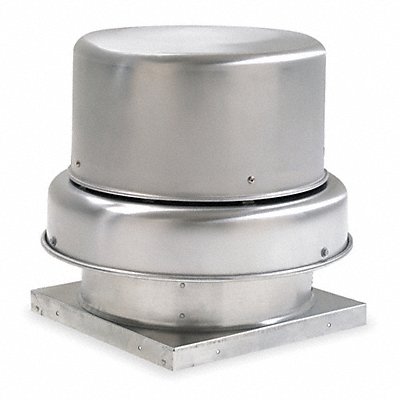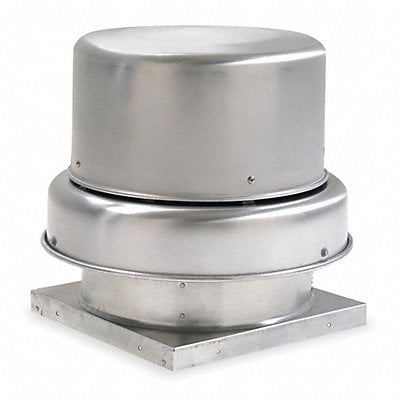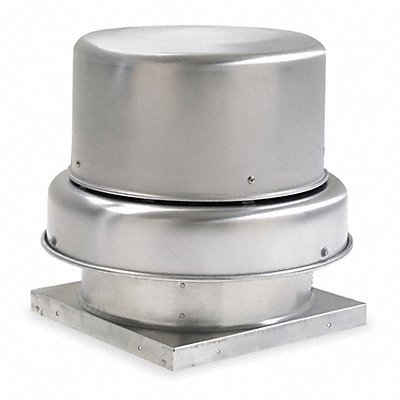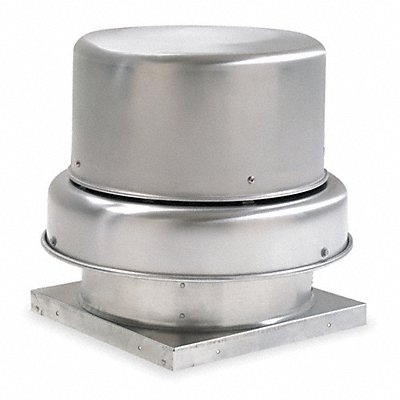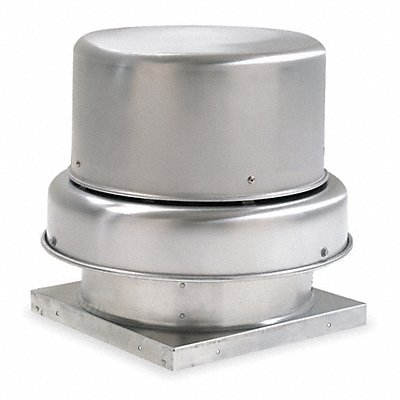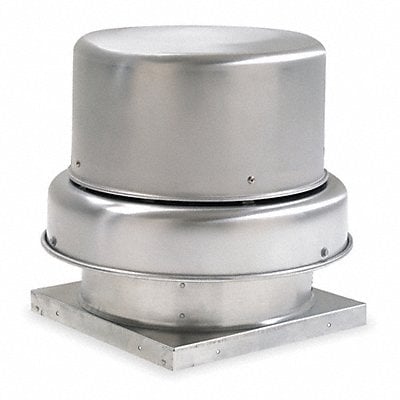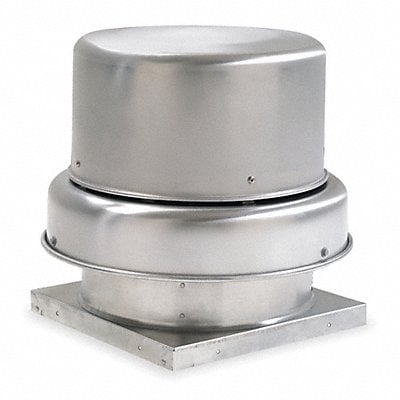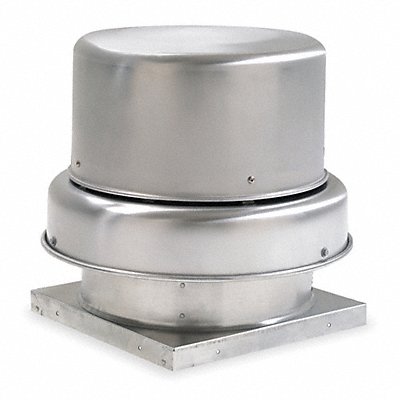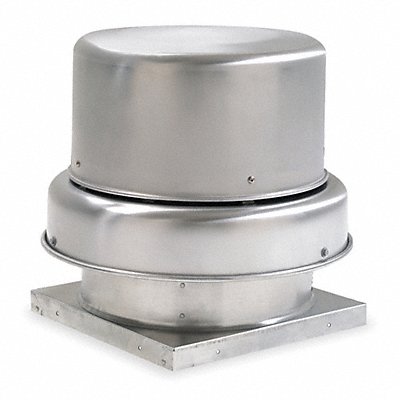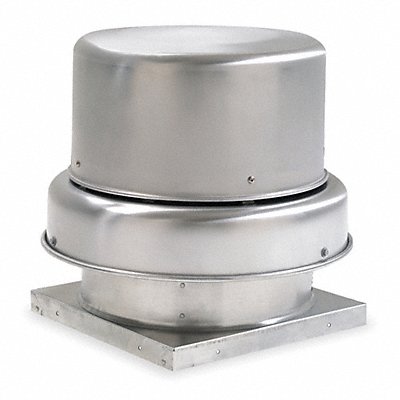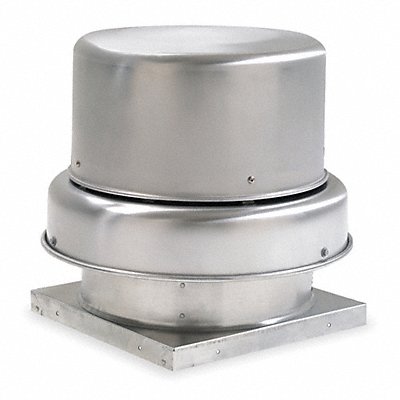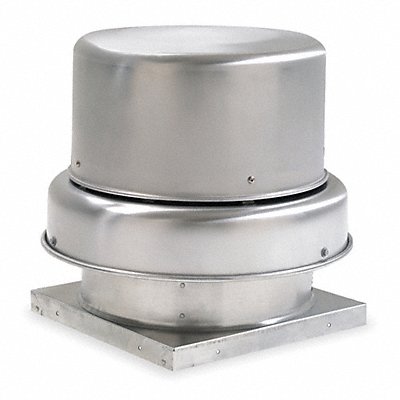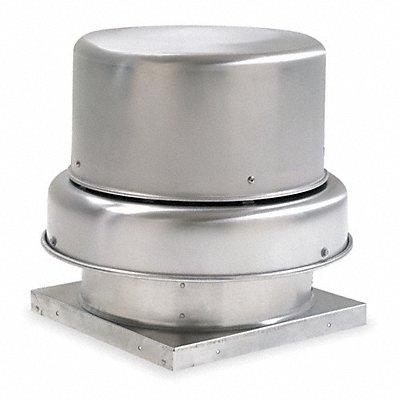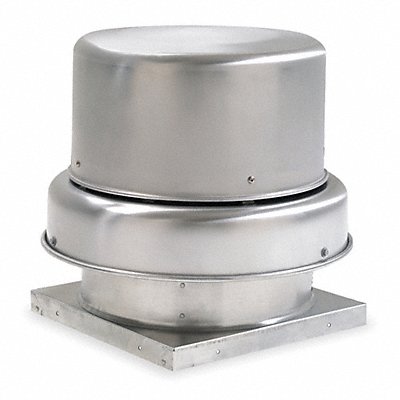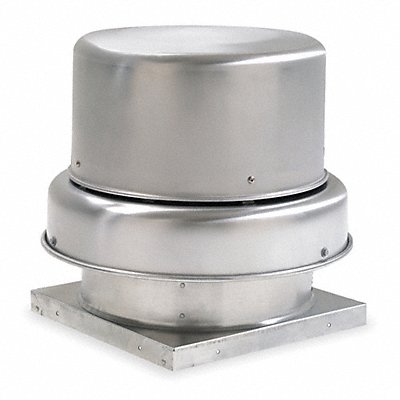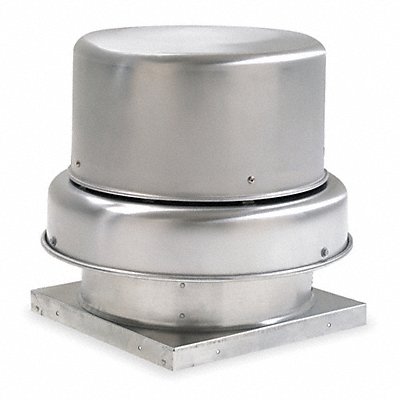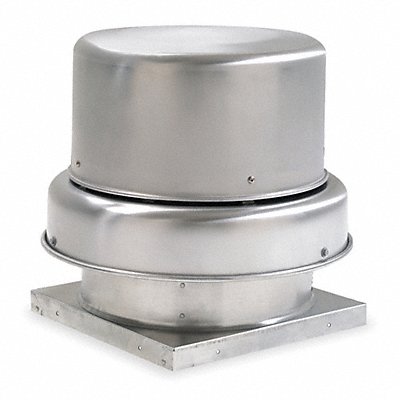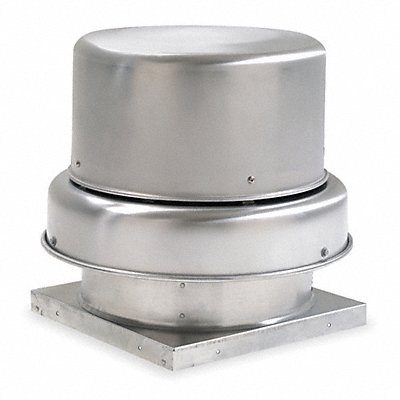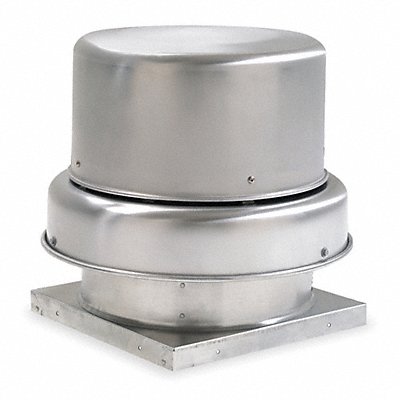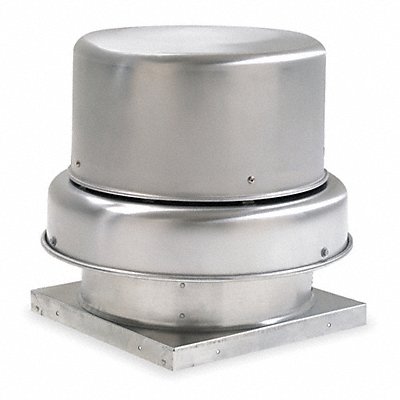Centrifugal Downblast Roof Exhaust Fans with Motor: Unveiling Characteristics, Applications, and Replacement Indications
Introduction
Centrifugal Downblast Roof Exhaust Fans with Motor play a critical role in maintaining proper ventilation and air quality in various environments. In this comprehensive guide, we'll delve into the top 10 characteristics, applications, typical lifespan, and signs of replacement for Centrifugal Downblast Roof Exhaust Fans with Motor.
Top 10 Characteristics of Centrifugal Downblast Roof Exhaust Fans with Motor:
1. Powerful Air Movement
Centrifugal Downblast Roof Exhaust Fans provide high-volume air movement for effective ventilation.
2. Durable Construction
These fans are built with robust materials to withstand outdoor elements and harsh conditions.
3. Efficient Design
Centrifugal fans are engineered for optimal air pressure delivery in various ducting systems.
4. Variable Speed Control
Many models offer variable speed settings to accommodate changing ventilation needs.
5. Direct Drive Motors
Direct drive motors eliminate the need for belt and pulley systems, reducing maintenance.
6. Corrosion Resistance
Centrifugal fans are often designed with corrosion-resistant coatings for extended durability.
7. Low Noise Operation
Efficient blade design and motor operation contribute to quieter fan performance.
8. Efficient Energy Use
Centrifugal fans are designed for energy efficiency, reducing operational costs.
9. Easy Installation
Many models come with simplified installation features, saving time and effort.
10. Optimal Airflow Direction
Downblast configuration ensures effective expulsion of air and pollutants from the structure.
Top 10 Applications of Centrifugal Downblast Roof Exhaust Fans with Motor:
1. Commercial Kitchens
These fans effectively remove heat, smoke, and cooking odors from commercial kitchens.
2. Industrial Facilities
Centrifugal fans maintain air quality and ventilation in various industrial environments.
3. Warehouse Ventilation
Effective airflow management in warehouses enhances air circulation and employee comfort.
4. Manufacturing Plants
These fans contribute to the removal of fumes, dust, and pollutants from manufacturing areas.
5. Indoor Air Quality
Centrifugal fans improve indoor air quality by expelling stale or contaminated air.
6. Laboratory Ventilation
These fans aid in maintaining controlled environments and safe air quality in laboratories.
7. Retail Spaces
Effective ventilation ensures customer comfort in retail settings such as malls and stores.
8. Commercial Buildings
Centrifugal fans enhance overall air circulation in office buildings and public spaces.
9. Educational Institutions
Effective ventilation in schools and universities supports a healthy learning environment.
10. Healthcare Facilities
Centrifugal fans contribute to maintaining sterile environments and proper air circulation in hospitals.
Typical Lifespan of Centrifugal Downblast Roof Exhaust Fans with Motor:
The lifespan of Centrifugal Downblast Roof Exhaust Fans with Motor varies based on usage, maintenance, and operating conditions. With regular maintenance, these fans can last between 15 to 25 years, ensuring reliable ventilation and air quality control.
Top 10 Symptoms Indicating Replacement of Centrifugal Downblast Roof Exhaust Fans with Motor:
1. Reduced Airflow
Diminished airflow output suggests potential wear or malfunction in the fan's components.
2. Excessive Noise
Unusual noise or rattling during operation may indicate worn-out or misaligned parts.
3. Motor Overheating
Frequent motor overheating can signal fan motor issues and the need for replacement.
4. Vibration
Increased vibrations or shaking during operation indicate potential motor imbalance.
5. Inconsistent Performance
Fluctuations in fan speed or airflow suggest possible fan motor malfunction.
6. Motor Strain
Fan motor struggling to maintain consistent speed may point to internal issues.
7. Excessive Energy Consumption
A sudden rise in energy consumption without increased ventilation load indicates inefficiency.
8. Inadequate Airflow
Fan unable to maintain required airflow levels suggests malfunction or obstruction.
9. Motor Hesitation
Delayed motor start or hesitation during operation may indicate motor wear.
10. Corrosion and Rust
Visible signs of corrosion or rust on fan components necessitate replacement.
Summary
Centrifugal Downblast Roof Exhaust Fans with Motor are indispensable for maintaining proper ventilation and air quality in various environments. By understanding their characteristics, applications, lifespan, and replacement indications, users can ensure efficient airflow and optimal performance.
Product Recommendations:



